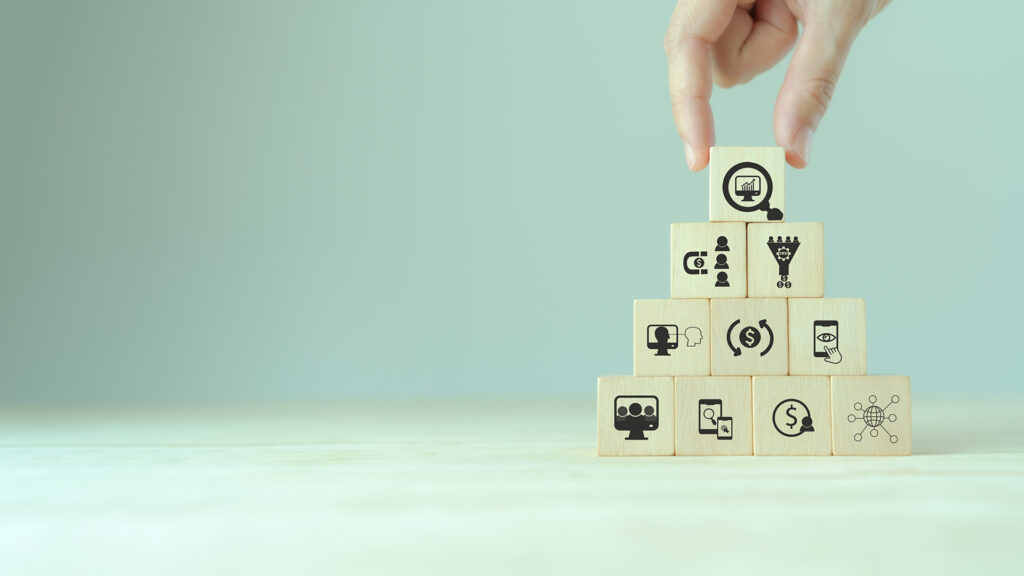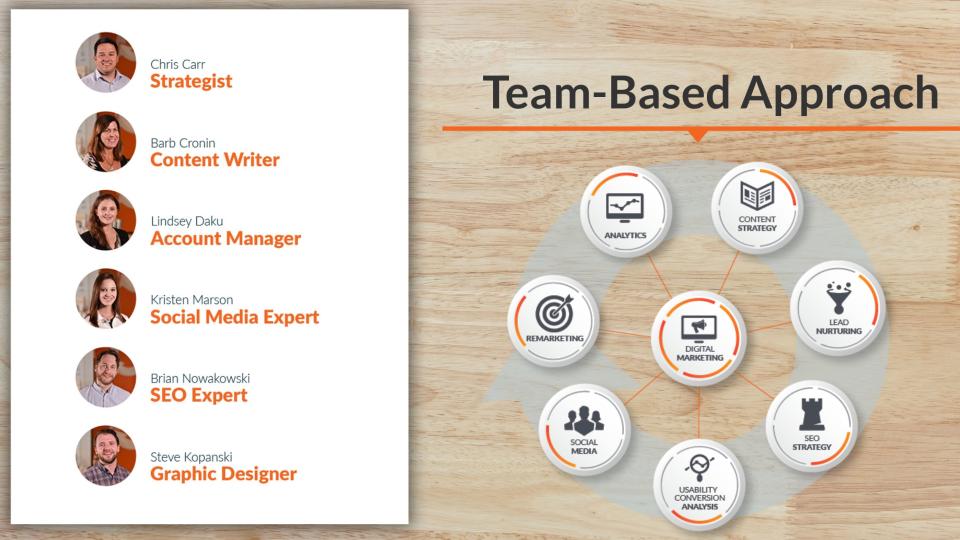However, when you’re talking about targeting and speed, paid ads is second to none. The problem is, in our experience, so many companies underestimate how difficult it is to think through and set up these ads effectively. It’s an art and a science. In this section, we’ll give you the broad strokes of what it takes to do paid ads effectively.
Note to reader: social media and programmatic advertising are very effective approaches, but for our purposes here, we’ll focus on Google paid ads.
Paid search advertising is a powerful tool for driving traffic to your site. Remember, it requires careful planning and execution. Here are some tips to make sure you’re getting the best results possible:
Start With Keywords
Keywords are the words and phrases that users type into Google when searching for something specific. They’re also the first things that advertisers bid on in AdWords. So, before you spend money on ads, make sure you’ve identified the keywords that are relevant to your product or service.
Use Long Tail Keywords
Long tail keywords are longer versions of common keywords. For example, instead of typing “accounting software,” you’d enter “accounting software reviews.” These keywords typically command higher ad costs but bring in much more qualified leads.
Target Specific Geographic Locations
You’ll likely find that certain locations tend to attract different kinds of customers. For example, businesses located near universities may be more interested in recruiting college students. Or, a restaurant catering to tourists may target local residents looking for dining options.
Include Negative Keywords
Negative keywords are terms that you don’t want to show up in your ads. For example, if you sell accounting software, you wouldn’t want to advertise for “bookkeeping software.” Instead, you’d specify “accounting software,” “accounting bookkeeper,” etc.
Optimize Landing Pages
Landing pages are webpages that lead visitors to another page on your site. They’re usually used to direct visitors to a particular section of your site, like a blog post or a sales page. To optimize landing pages, focus on making them clear and concise. Also, consider adding calls to action so that visitors can easily click through to the next step in your conversion funnel.
Test Different Ads
Different formats of ads perform differently depending on the device being used. For instance, mobile devices tend to display text ads rather than images, and desktop computers tend to display image ads. Experiment with different formats until you find the ones that convert best.
Track Results Using Analytics
Once you launch your ads, track performance over time. Look at the number of clicks, conversions, and cost per click. Adjust your bids accordingly.
Understanding Your Budget
The obvious goal is to get your ads at the lowest price while improving impressions, clicks, and CTR (click-through-rate). However, understanding the art of paying just a bit more for certain keywords/keyphrases takes trial and effort––but this is where the war is won with paid ads.





















